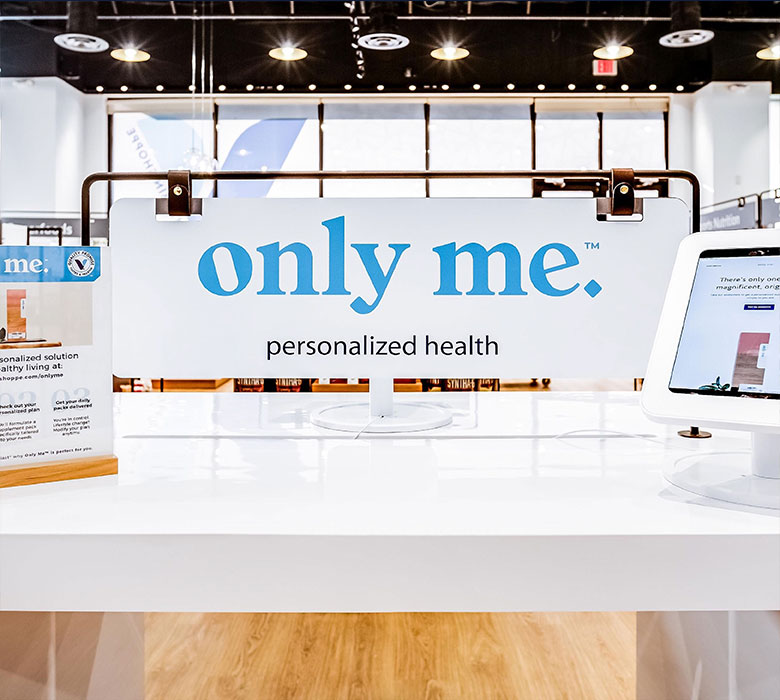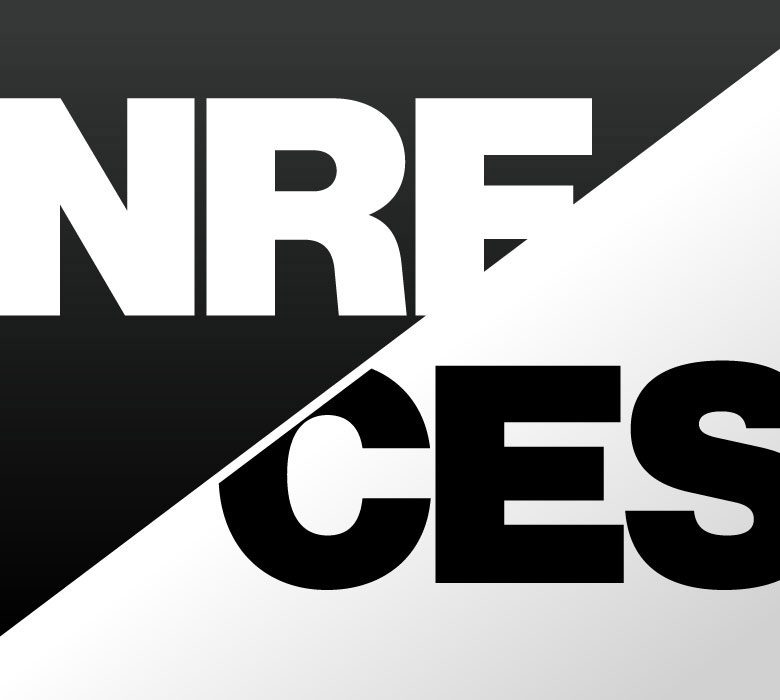Using Technology to Enhance the Retail Experience
February 26, 2020

Q&A with Insights & Strategy Lead Bill Chidley
In addition to leading change with Fortune 100 clients, Bill is also called for commentary with Bloomberg BusinessWeek and industry trade media. Looking ahead for 2020, he shares his insights on enabling change with tech in retail.
How do you see technology impacting the customer experience in retail in the coming decade?
Bill: I believe we are at the beginning stages of seeing how robots will impact the customer experience. Americans are getting more comfortable with robots as they increasingly encounter and use them–from products like Roombas to Alexa and Siri–and the experiences themselves are getting more natural and “human.” They are going to be pervasive and retail is a perfect use-case for them.
What technologies do you see having the most impact on store design?
Bill: We can expect payment to get easier. Amazon’s video-based “Just Walk Out” technology scaled up with the announcement of its first full-size cashierless grocery store this week, but will other RFID approaches get traction? The future will undoubtedly be about removing the friction of transactions. This should impact store design as there will no longer be a need to funnel shoppers through a singular exit point to pay, enabling more focus on convenience in the store layout.
BOPIS (Buy Online, Pick-Up In Store) and delivery will also impact store design as they gain more users. Site traffic flow is already an issue. The operational requirements for fulfilling orders will be fraught with unintended consequences that will impact store layout and the backroom.
What do you believe will be the challenges retailers face in embracing technology?
Bill: Retailers will have a growing tool chest of technologies as costs come down and capabilities go up. The challenge will be where to invest as table stakes versus where to look to stand out. Unfortunately, these financial decisions may be highly influenced by the economics of human labor, meaning that the impact we see first may be less about customer experience and more about cost-saving. Retailers should resist the temptation to make technology a solution for the bottom-line and see it as a way to drive retailer preference that leads to growth.


